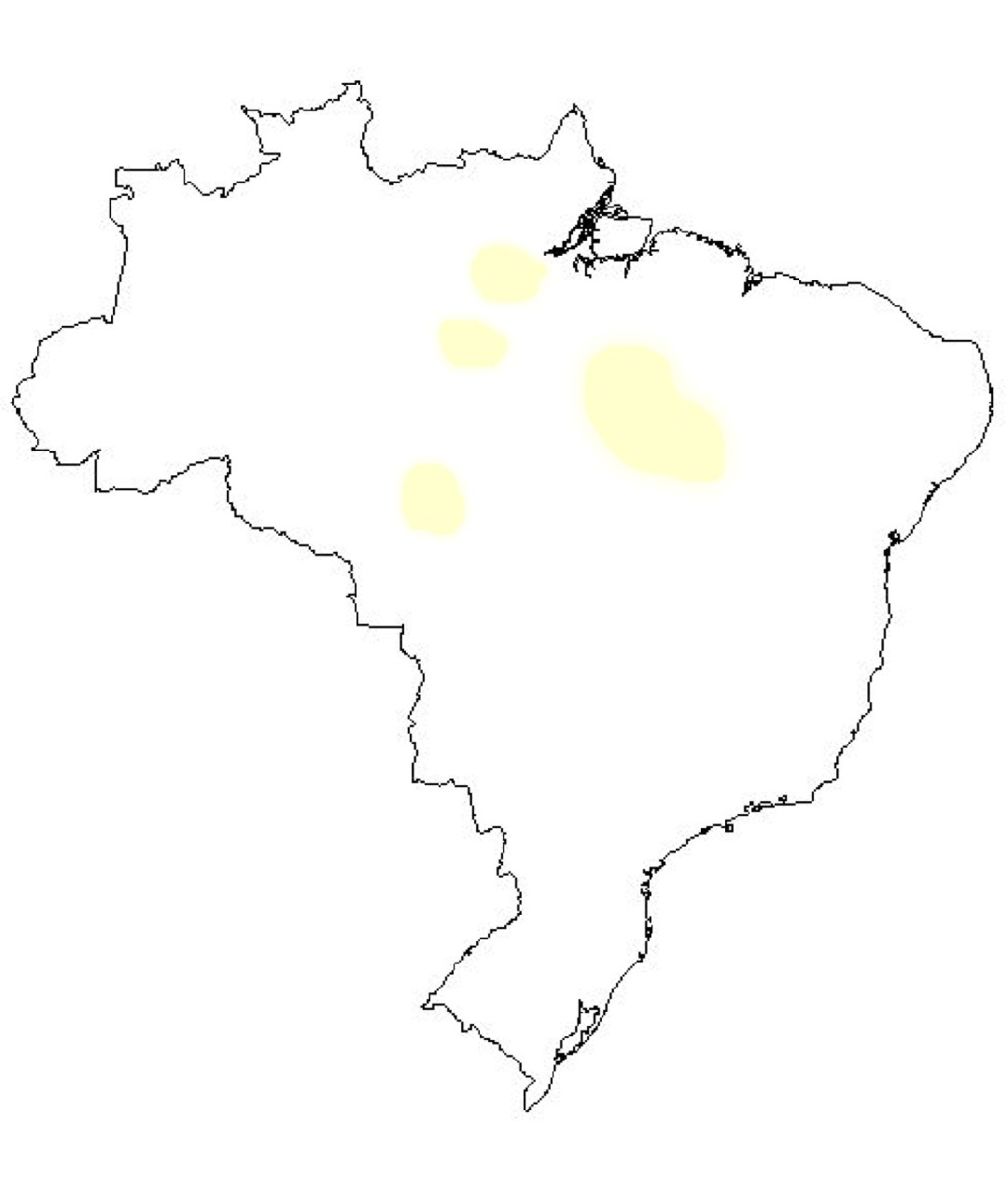Brazil-nut poison frog
A species of Adelphobates Scientific name : Adelphobates castaneoticus Genus : Adelphobates
Brazil-nut poison frog, A species of Adelphobates
Scientific name: Adelphobates castaneoticus
Genus: Adelphobates
Content
Description General Info
 Photo By BUGBEER17 , used under CC-BY-SA-4.0 /Cropped and compressed from original
Photo By BUGBEER17 , used under CC-BY-SA-4.0 /Cropped and compressed from original Description
The Brazil-nut poison frog (Adelphobates castaneoticus) is a species of frog in the family Dendrobatidae. It is endemic to the state of Pará in Brazil. Its natural habitats are tropical moist lowland forests and intermittent freshwater marshes. It is threatened by habitat loss.
General Info
Lifespan
10-12 years
Diet
Brazil-nut poison frog is a predominantly insectivorous species, surviving primarily on a diet of ants and termites. Their impressive hunting skills enable them to capture small arthropods and tiny invertebrates, supplementing their nutritional intake.
Appearance
Brazil-nut poison frog is a small-sized frog, with a slender, smooth-skinned body. Exhibiting a vibrant reddish-brown or chestnut hue, the species is marked by black spots scattered across its body. While adorned with a short tail during its tadpole stage, it reverts to a tailless form upon reaching adulthood. No apparent dissimilarities are found between genders, ages, or subspecies.
Behavior
Brazil-nut poison frog is a diurnal species, exhibiting complex parental care behaviors, including tadpole transport by males. They maintain small, intensely defended territories. While predominantly terrestrial, their arboreal tendencies shine in foraging techniques, searching in trees for insect prey. Remarkably, they demonstrate survival behavior, secreting toxins from their skin as an effective predator deterrence.
Population
Stable
Scientific Classification
Phylum
Chordates Class
Amphibians Order
Frogs and toads Family
Poison dart frog Genus
Adelphobates Species
Brazil-nut poison frog